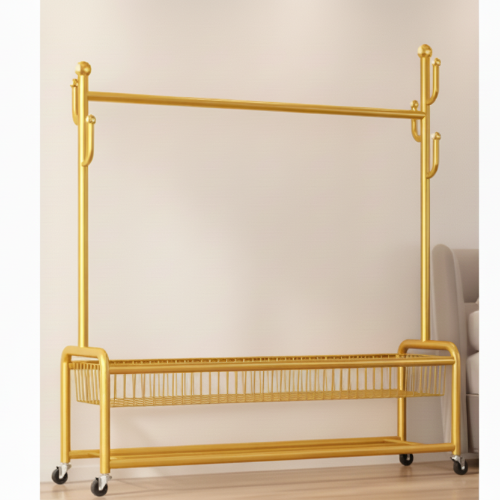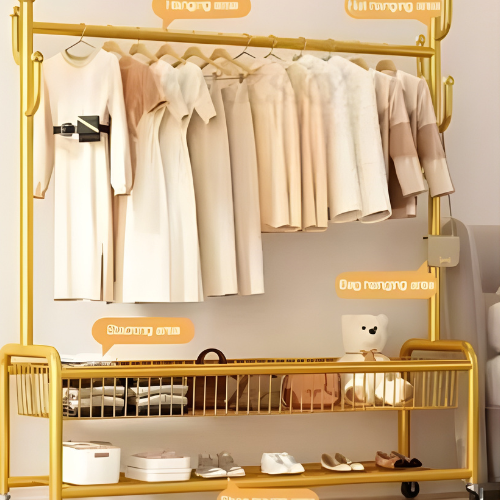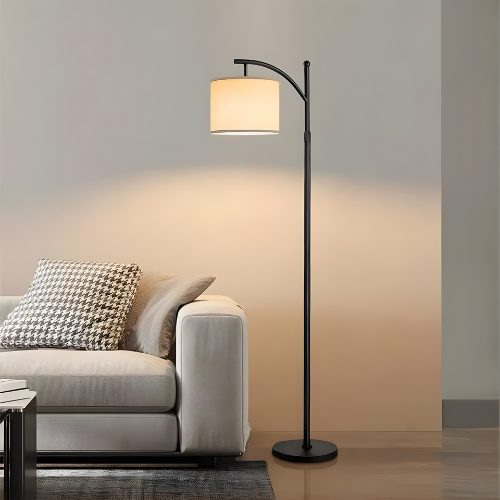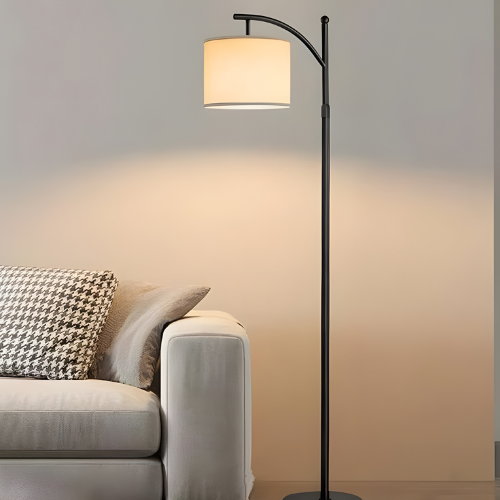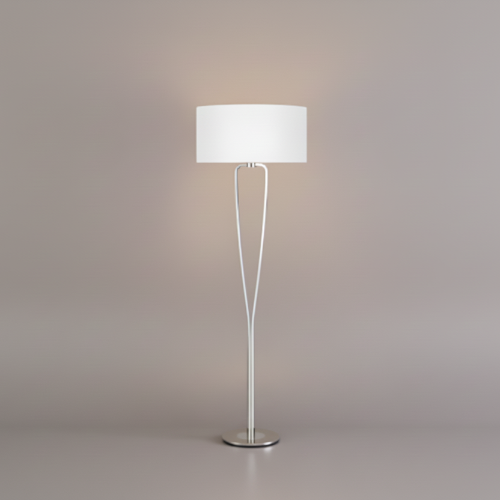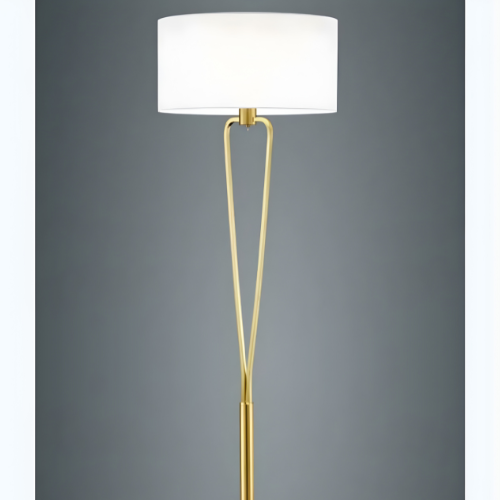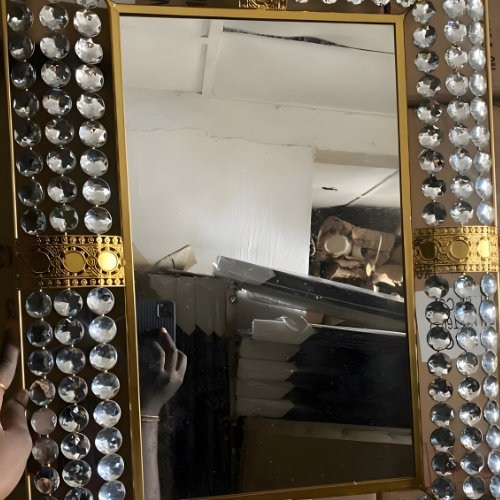Here we are at another furniture market. My father Emmet reminisces about his early days going to 120 or so North Carolina markets, so my 35 years pale in comparison. But it’s a long time no matter who’s counting.
There have been lots of changes over the years, but I don’t think we’ve seen anything like the rapid changes this past 24 months. Retailers think about what they need to do to compete with the Internet players. Factories have to drill down efficiencies to compete for relevancy with major retailers. Faster deliveries, no questions asked returns, unlimited selection seem to be what young and old buyers expect. Delivering on those promises while still trying to be competitive and earn a little money on the bottom line is a real challenge in a stagnant sales environment.
As I try to envision what the retail climate looks like five years from now, it is probably going to be very recognizable in some areas of brick-and-mortar stores. Those retailers that communicate a consistent message to a targeted audience of buyers providing a value product will be doing fine. People will still need to buy furniture. However these same stores will have made investments and infrastructure improvements so that their logistics and processes align with how the consumers want to do business. Whether it be mobile commerce, e-commerce or some new method, these retailers will be competing to capture and retain a loyal customer base.
As Amazon and Walmart duke it out for consumer mind share online it only furthers the emergence of a multi-platform expectation from consumers. Although Amazon is not in the brick-and-mortar business in a big way yet, the trends of them buying Whole Foods and experimenting with specialty stores show that five years from now brick and mortar will be a portion of their strategy. If customers want to buy a product in a store, they have that option. If they want to buy it online, that is seamless. They are training the customers on expectations and forcing all others to ramp up their game or be left behind.
At Furniture Sales of Mid-America, we have dealt with all types of customers from big to small, mass merchants to specialists, Internet-only retailers to brick and mortar only. We have seen lots of best practices. What I am constantly amazed at is how little any traditional retailer ever asks what we see that is working. But the Amazons of this world ask questions of us about best practices and then go about implementing it in their own way.
The concern of course is in the value the industry perceives of a rep. A factory wants us to open new accounts and service existing ones. Retailers want new products that sell, sales floor training, and seamless integration for orders and service. And of course both parties want to pay as little as possible for the services reps provide which has a way of keeping young talented people out of the industry.
So as I consider what retail looks like in five years, I have to say that it’s going to be Fast — fast action, fast delivery, fast decisions. In our repping world, we will also see changes based on what technology can help enhance how we service our dealers. Trying to adapt to the needs of the consumer will keep us all on our toes more so than at any other time. I look forward to continuing this discussion with you in a couple of weeks at the High Point market.
Written by Mike Root, Furniture Today










